Shree Ram Temple Float, the Cynosure of All Eyes at 2024 India Day Parade, New York
- In Current Affairs
- 04:19 PM, Aug 19, 2024
- Rudra Dubey
The annual India Day Parade (IDP), organised by the Federation of Indian Associations (FIA), took place in Manhattan on August 18, 2024, showcasing the rich cultural heritage of India. Among the many vibrant floats, the Vishwa Hindu Parishad of America's Shree Ram Temple float stood out, captivating the hearts of thousands of spectators. The most awaited Shree Ram Mandir float marched down Madison Avenue from East 38th Street to East 27th Street and was the most cherished float for photography and videography!
The Shree Ram Mandir replica was a masterpiece of artistry and craftsmanship measuring 18 feet in length, 9 feet in width, and 8 feet in height. It was designed to intricately resemble the iconic Shree Ram Temple in Ayodhya built by Shri Ram Janmabhoomi Teerth Kshetra, the trust established by the Indian government in February 2020. The Shri Ram Temple was designed by architects- Chandrakant Sompura Nikhil Sompura and Ashish Sompura is built in Indian Nagar Style housing the murthi sculpted by Arun Yogi Raj. The Temple has 3 storeys standing on 392 pillars. The garbh grih (Sanctum Sactorum) were adorned with Shri Ram Lalla’s idols made up of 60 million years old Shaligram rocks.
Adorned with intricate carvings, ornate decorations, and a majestic replica of the temple's shikhara, it was a mesmerising sight to behold. This captivating Shree Ram Temple replica created an esoteric ambience to reflect Vasudhaiva Kutumbakam (Maha Upanishad).
As the float made its way down Madison Avenue, devotees and onlookers alike were enchanted by the stunning representation of India's cultural and spiritual heritage. The float was accompanied by traditional dancers, musicians, and devotees dressed in traditional attire, adding to the festive atmosphere. The Shree Ram Temple float was a fitting tribute to the iconic temple, which is currently under reconstruction in Ayodhya. The float's presence served as a reminder of the temple's significance in Indian culture and its importance as a symbol of national unity.
"This float is a testament to the unwavering dedication and devotion of the Indian-American community to their cultural roots," said Avinash Gupta, president of Federation of Indian Associations.
As the parade concluded, the Shree Ram Temple float was recognised by executive members of Bihar Jharkhand Association of North America (BJANA) as the "Best Float", a testament to its grandeur and cultural significance. Notably, Bihar Jharkhand Association of North America (BJANA) had their own float showcasing Nalanda University which aspired to illustrate to the glory of ancient Nalanda Vishwavidyalaya founded in 427 CE and destructed by Bakhtiyar Khilji in 1193 CE. Over 500 years before Oxford University came into being, India's Nalanda University provided education to 10,000 students from around the world and the university had the world’s biggest library with nine million books.
In a statement, Ankur Vidya, FIA Chairman, said, "We are thrilled to have had the opportunity to showcase our cultural heritage through this magnificent float. It's a proud moment for the Indian-American community."
The India Day Parade, now in its 42nd year, continues to be a celebration of India's independence and a testament to the community's spirit and resilience. The Shree Ram Temple float will be remembered as a highlight of this year's parade, inspiring future generations to cherish and celebrate their cultural heritage.
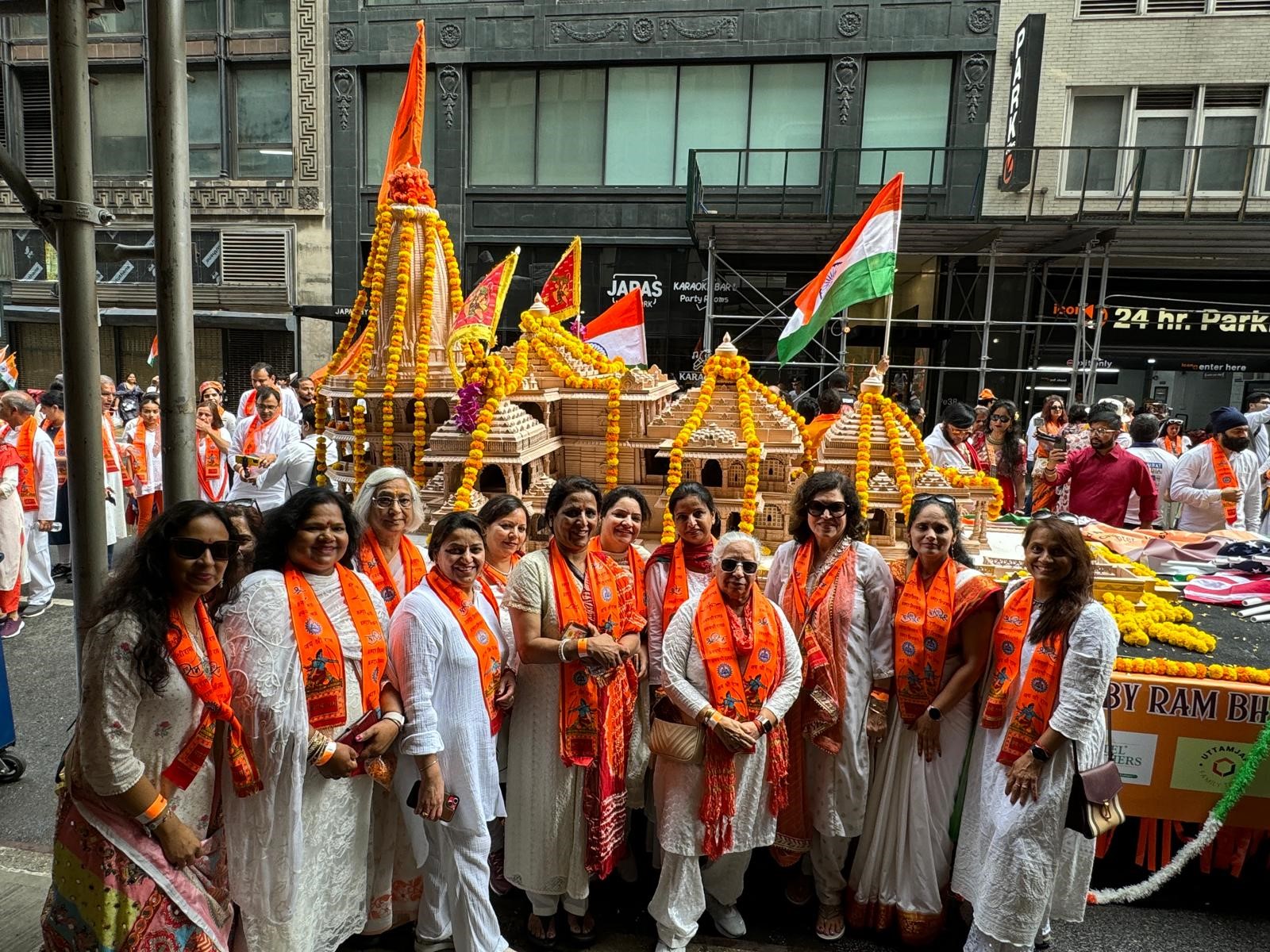
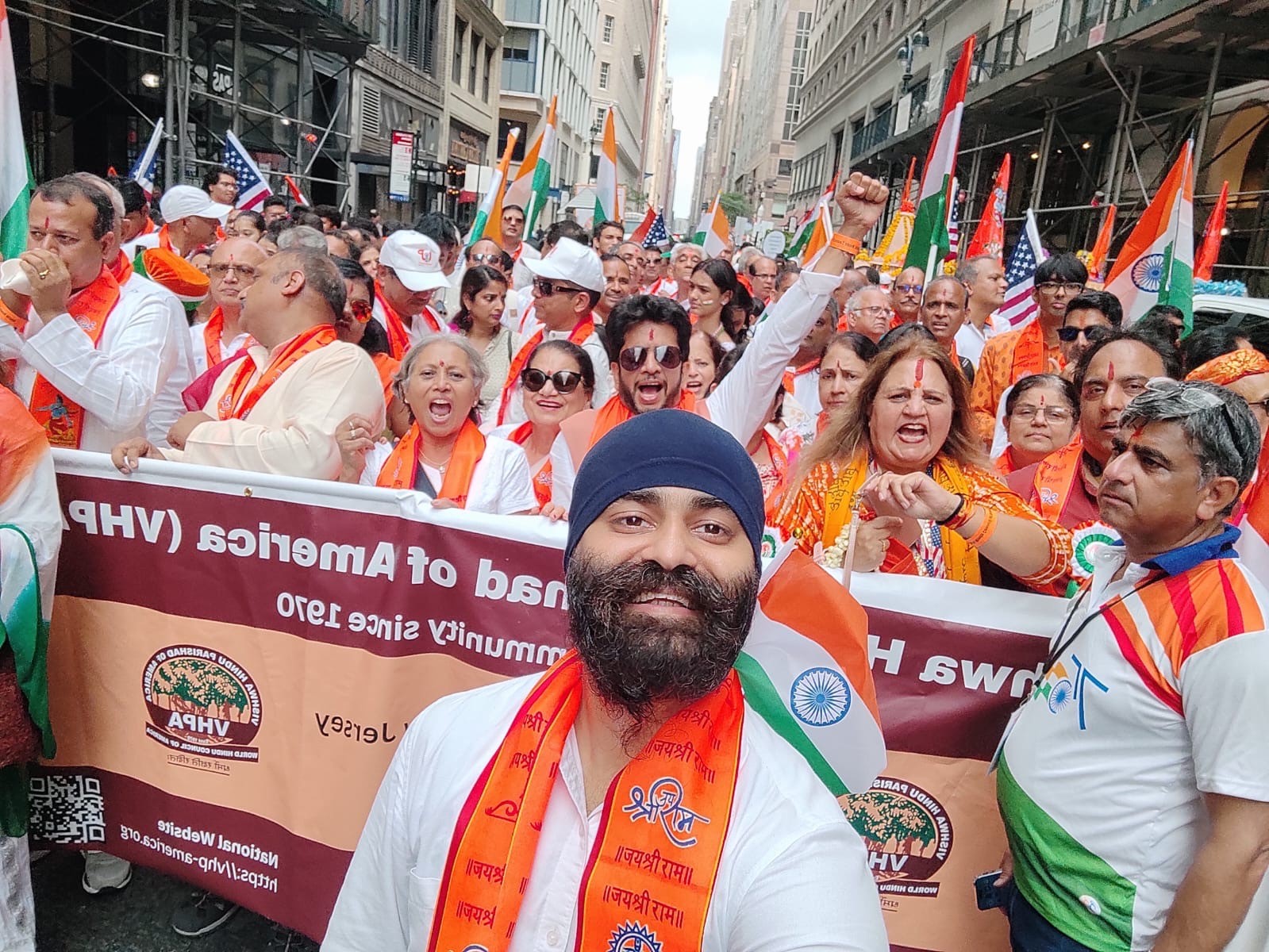
Ram Temple in Ayodhya holds great significance for many Hindus and is seen as a symbol of the renaissance of Sanatan Dharma, which is a term used to describe the eternal and universal principles of Hinduism. The temple's construction is seen as a revival of Hindu pride and a reaffirmation of Hinduism's importance in Indian culture and society. Shree Ram temple was demolished in 1528 by Mir Baqi, general of Babur, who later built a mosque, Babri masjid, over the temple ruins. Archaeological Survey of India produced evidence from the excavation and historians across the world believe that the Babri Masjid was built to suppress Hindus by the Mughals.
The original Shri Ram Temple in Ayodhya is believed to have been built by King Vikramaditya around 500 BC. Hindus believe Ayodhya was the capital of the kingdom of Shri Ram. In 1528, a masjid was built demolishing the temple to assert Mughal dominance over the local Hindu population and to showcase the might of Islam. The presence of a pre-existing temple was confirmed by the 2003 Archaeological Survey of India (ASI) excavations at the Babri Mosque site in Ayodhya. The major findings included-
- Remains of a temple's foundation
- Pillar bases and sculptured fragments, a stone inscription dated to the 12th century CE
The ASI's findings played a crucial role in the Supreme Court's 2019 verdict which unanimously ruled in the favour of handing over the land to the Shri Ram Temple Trust.
The story of Shree Ram is deeply rooted in the Vedic tradition, and Shree Ram’s life and teachings are seen as a reflection of the Sanatan values of duty, righteousness, and compassion. Many Hindus believe that Shree Ram's life and teachings embody the essence of the Vedas and that he is the embodiment of the Vedic ideal of a perfect human being. Shri Ram and Vedanta have a deep connection in Hinduism and therefore, Hindus believe in one of the best philosophies of harmony and peace, Vasudhaiva Kutumbakam (The Whole World is One Family). Leading theology scholars believe Hinduism is 2300 B.C. old or even older and the Hindu community has been known for peace and prosperity.
Shree Ram and the Upanishads have a significant connection in Hinduism. The Upanishads are ancient Hindu scriptures that explore the nature of the ultimate reality, the self, and the universe. Shree Ram, as an avatar (incarnation) of Bhagwan Vishnu, is considered an embodiment of the ultimate reality and the absolute truth that the Upanishads describe. The Upanishads contain teachings on the concept of Brahman, the ultimate reality that underlies all existence.
Shree Ram's life and teachings are seen as a manifestation of this Brahman, and his actions and words are considered a reflection of the Upanishadic wisdom. Shree Ram's connection to the universe and the philosophy of Shiva can be understood through the concept of "Advaita" or non-duality. Advaita Vedanta, a school of thought founded by Adi Shankara, posits that the ultimate reality is a singular, unified consciousness that underlies all existence. This consciousness is beyond the limitations of space, time, and causality. Shiva, as the ultimate reality, represents this unified consciousness. Ram, as an avatar of Vishnu.
However, Shree Ram Temple float, a majestic representation of India's cultural heritage, faced unwarranted criticism and negative campaigning by certain agencies and media outlets during the India Day Parade. Despite being a symbol of national unity and cultural pride, the float was targeted for political and ideological reasons. Some media outlets labelled it as "communal" and "divisive," while others questioned its presence in a "secular" parade.
Agencies with vested interests spread misinformation, claiming that the float was funded by "right-wing" groups, attempting to politicise a cultural representation.
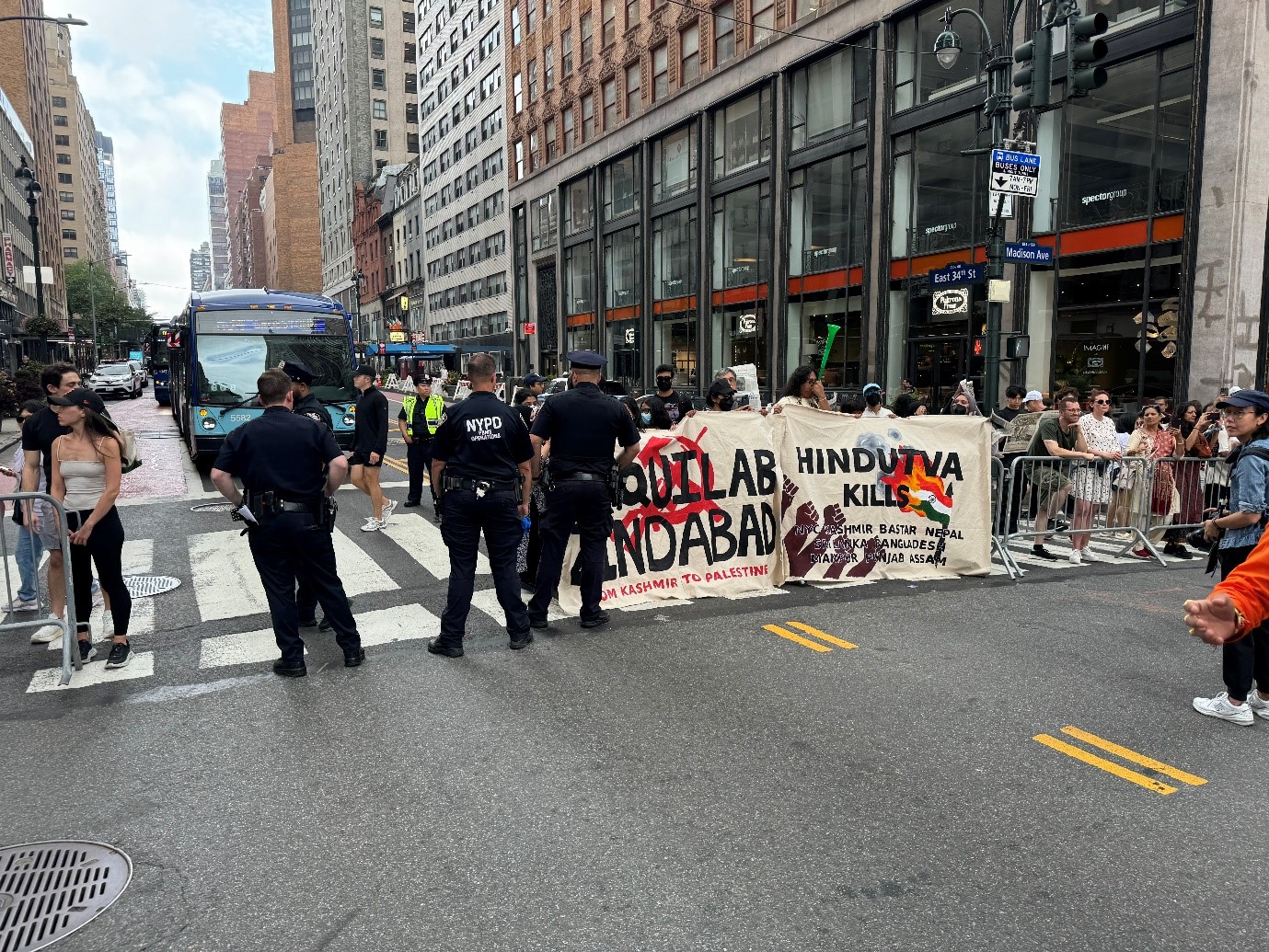
Social media platforms saw a flurry of negative posts, with some individuals calling for the float's removal, citing "inclusivity" concerns. Hindus for Human Rights, Indian American Muslim Council, Council on American-Islamic Relations, and New York State Council of Churches colluded to condemn the Shree Ram Temple float in the India Day Parade and wrongfully pressurised administration through a unilateral press conference involving NBC News, CNN, New York Times, Washington Post, and Other local and national media outlets (not specified), demanding Shree Ram Temple float removal.
However, the Indian-American community rallied around the float, condemning the unwarranted criticism. "This is an attack on our cultural heritage and identity," said a community leader. The Federation of Indian Associations, organisers of the parade, issued a statement, "The Shree Ram Temple float represents India's rich cultural diversity. We will not let vested interests hijack our celebration of Indian heritage."
Media, fed by falsified unilateral information is still not validating the facts and spreading the controversy. This incident highlights the need for responsible reporting and respect for cultural diversity. The Indian-American community will continue to celebrate its heritage, undeterred by unwarranted criticism.
Despite the negativity, the Shree Ram Temple float remained a crowd favourite, with thousands cheering and taking photos. The float marched very peacefully, and the New York Police Department provided “Seal of Approval”.
For those who were with the Shree Ram Temple float or watched it during the parade, live or online or recorded, all must have reinforced their connection with Shree Ram, who is a manifestation of Vishnu who embodies this unity and serves as a bridge between the individual and the ultimate reality. In other words, Shree Ram represents the divine potential within everyone, guiding them towards self-realisation and unity with Brahman.
The Shree Ram Temple float during the India Day Parade has spread the best philosophy in the whole world for harmony and peace which is Vasudhaiva Kutumbakam (The Whole World is One Family).
All the images are provided by the author.



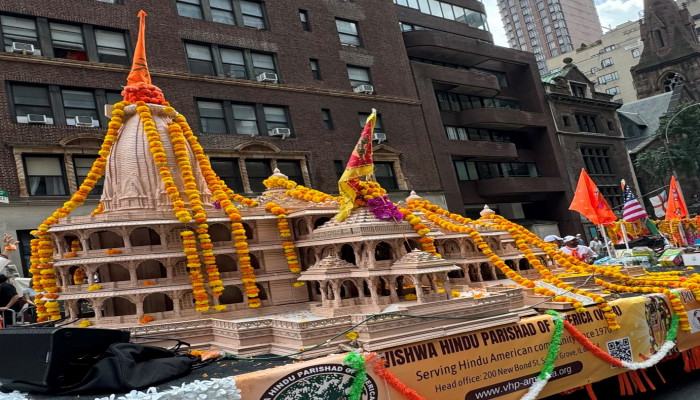



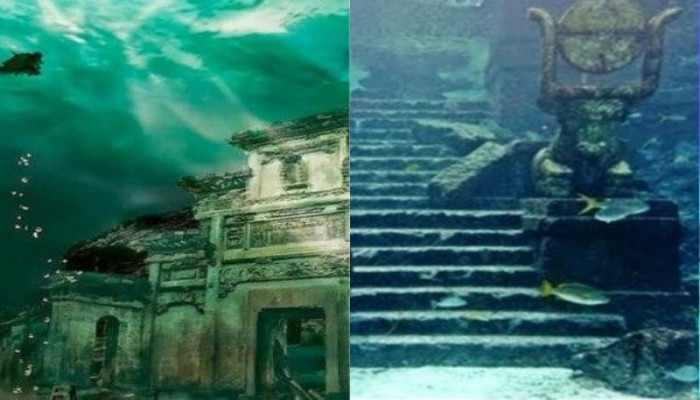

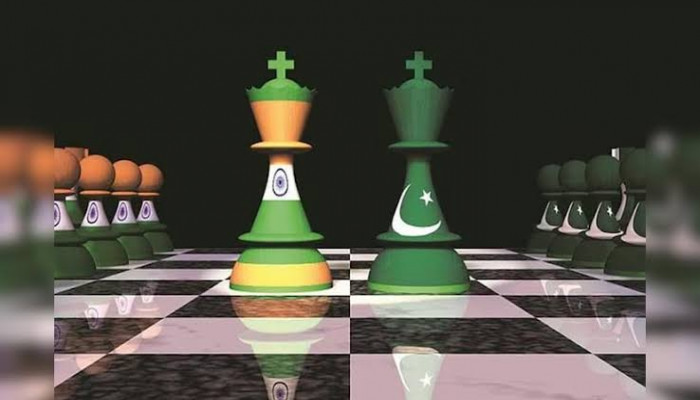
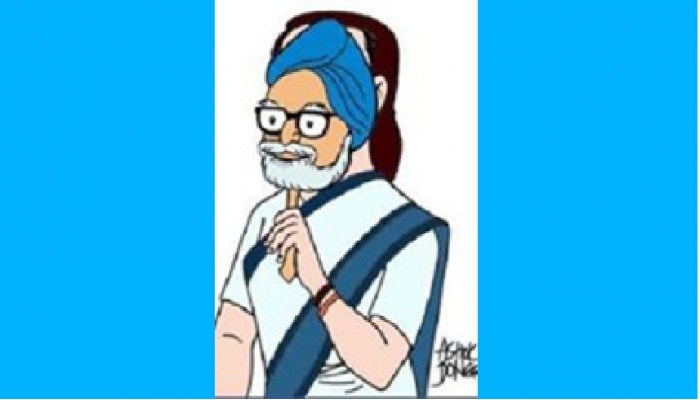
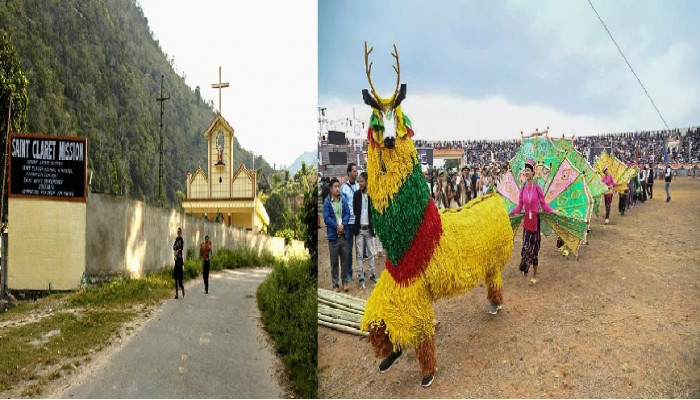
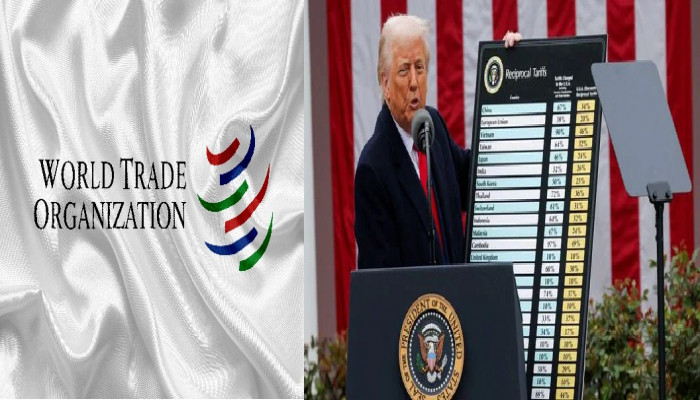



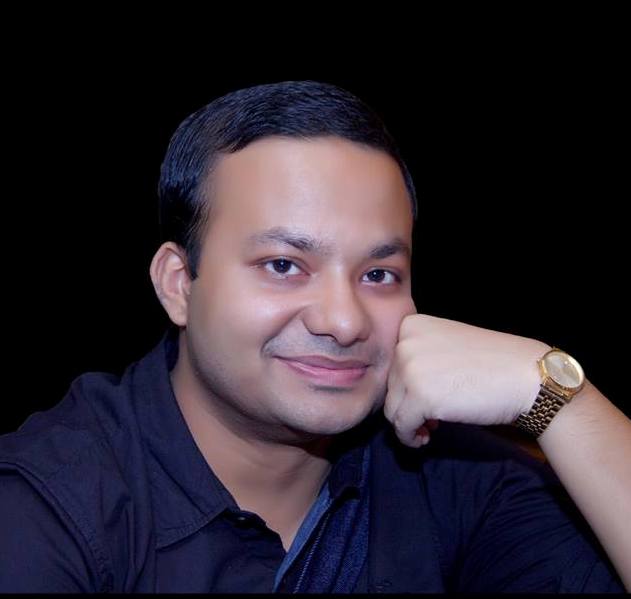





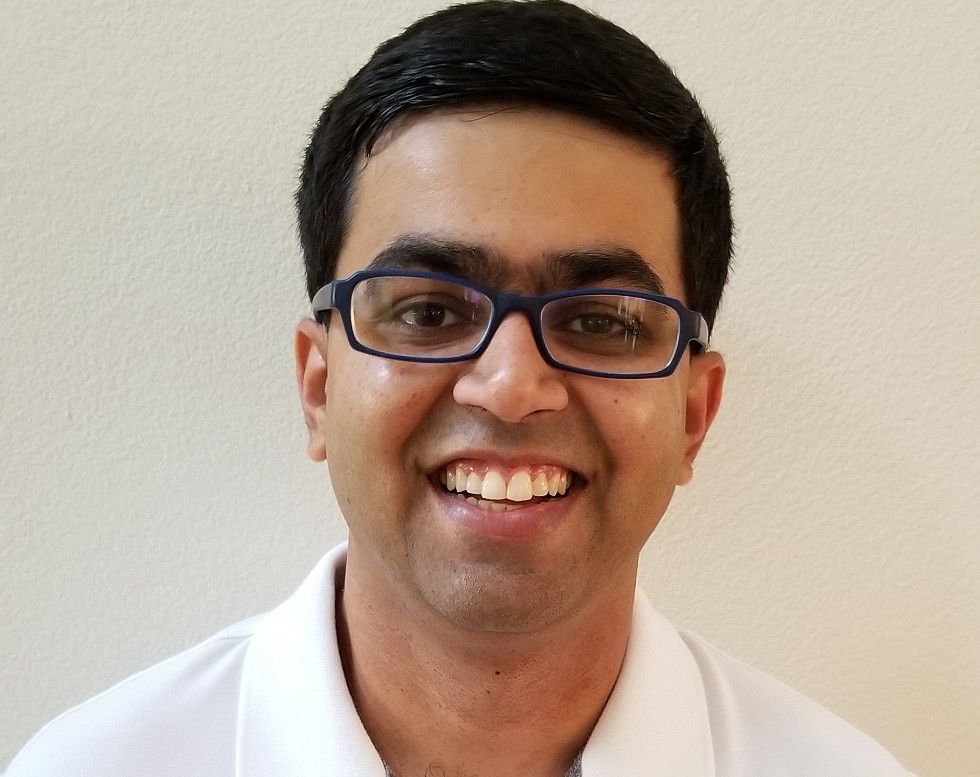
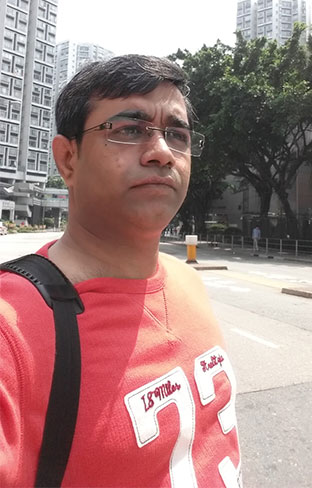



Comments